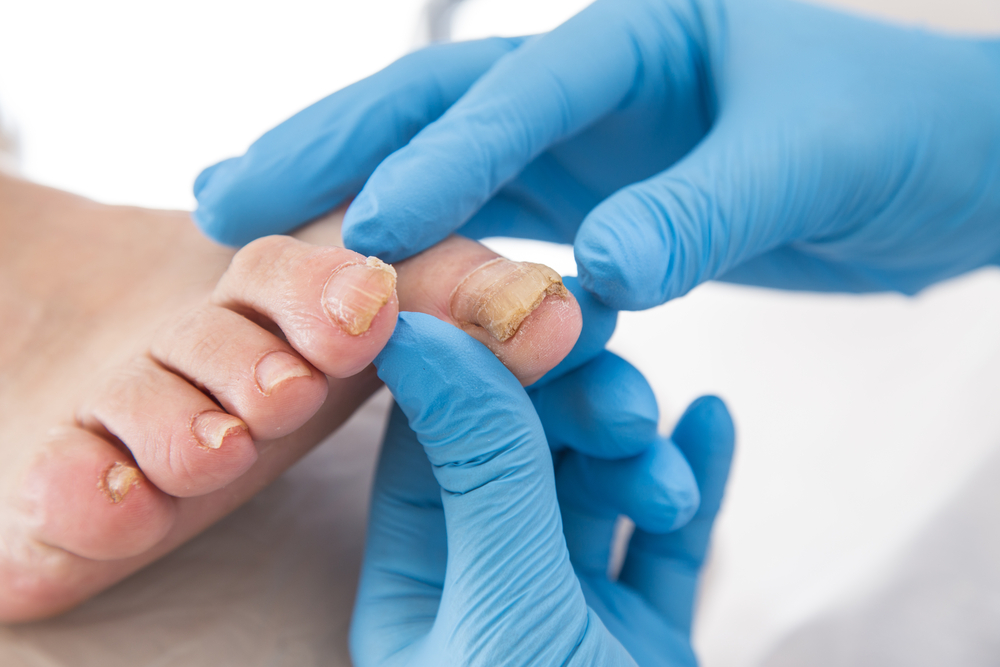Anyone who enjoys summertime knows how great it feels to have great-looking toenails to show off in your sandals. But showing off your great toes isn’t the only reason to care for your toenails.
Fungal infections of the toenails, known as onychomycosis, can be challenging to get rid of once an infection is found. If left untreated, the infection will spread, eventually wrecking the nail. Since fungus infections are painless, many people don’t realize that they’ve spread until it’s too late.
Symptoms and subtypes can separate fungal toenail infections. One of these subtypes is white superficial onychomycosis.
What is White Superficial Onychomycosis?
White superficial onychomycosis is a rare type of toenail fungus. It only affects the nail’s surface and doesn’t get under the toenail like other types of fungus. This fungus first appears as white spots that later become powdery and cause the toenail to crumble.
Common Causes of White Superficial Onychomycosis
One leading cause of white superficial onychomycosis is the overuse of compounds such as acetone when removing nail polish. In addition, many of the chemical compounds in nail polish remover can damage nails and dehydrate them.
Our nails have a protein called keratin, and the overuse of these chemical compounds causes the keratin to dehydrate.
Treatment for White Superficial Onychomycosis
White superficial onychomycosis is diagnosed by its appearance. To determine the type of foot fungus you have, your podiatrist may also take a culture of the nail. This foot fungus treatment is usually carried out through oral antifungal medications or topical antifungal medications. By supporting your feet with proper care, a strong topical antifungal medication should eradicate the infection.
Can White Superficial Onychomycosis be Contagious?
Yes, it can be. White superficial onychomycosis is transmitted in the following ways:
- Direct contact
- Sharing the same socks
- Sharing the same shoes
- Touching an infected surface
- Walking barefoot in a public area
- Using a public locker room or shower
How to Prevent White Superficial Onychomycosis from Spreading
So what can you do to prevent white superficial onychomycosis from spreading?
It’s recommended that you switch to wearing clean, breathable shoes. Shoes that are roomy and encourage airflow will decrease moisture around your feet and prevent fungus growth. You may also find that regularly cleaning your shoes and treating them with antifungal spray helps as well.
It’s not enough to buy the right kind of shoes. You should couple this with moisture-wicking, breathable socks to prevent damp conditions around your toes. Good toe hygiene, such as regularly cleaning and trimming your nails, can also help combat the growth of white superficial onychomycosis.
Contact Canyon Oaks for White Superficial Onychomycosis Treatment
If you suspect you’re dealing with white superficial onychomycosis or any other foot fungus, we invite you to visit your local Canyon Oaks Podiatrists. Although you may be able to self-diagnose at home, our highly trained doctors can give you a proper diagnosis and recommend the right course of treatment for your foot fungus.
To book an appointment, give us a call or fill out our online contact form, and a member of our team will be in touch shortly.

